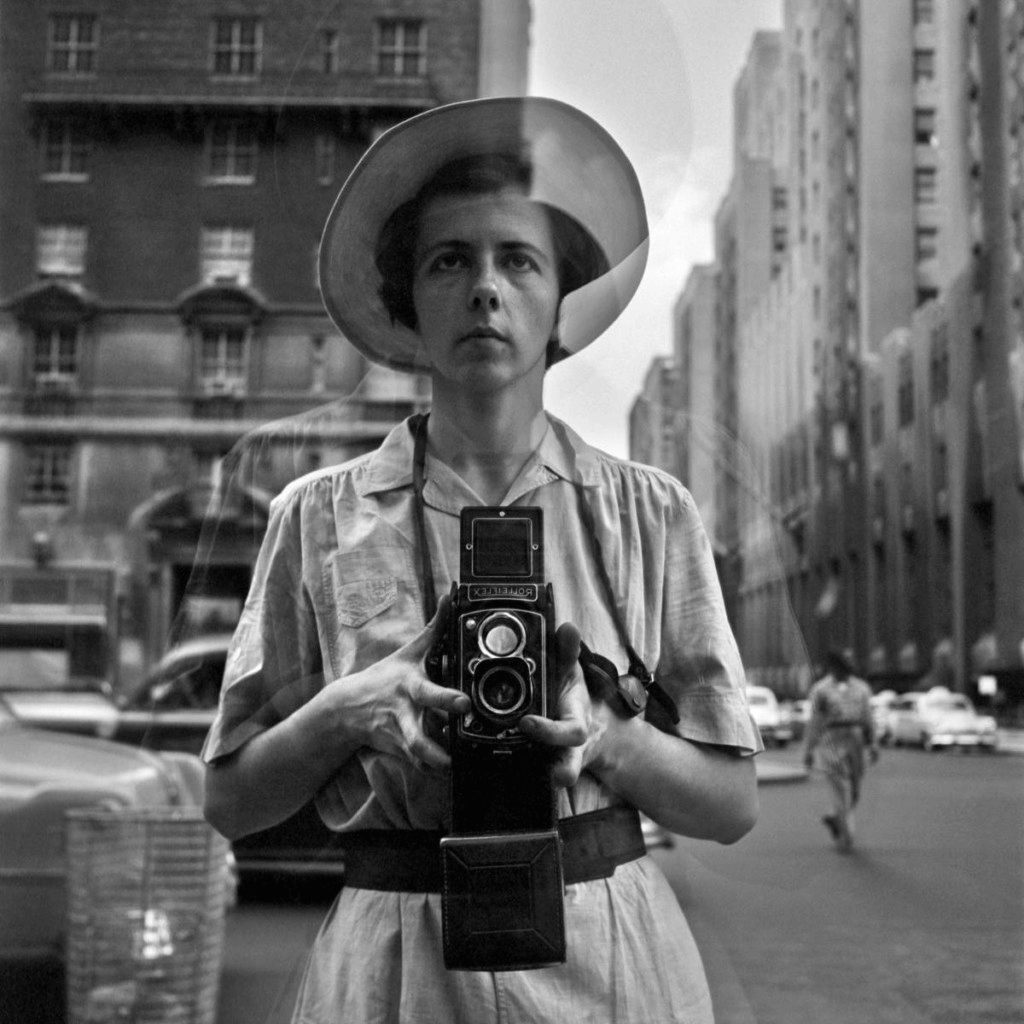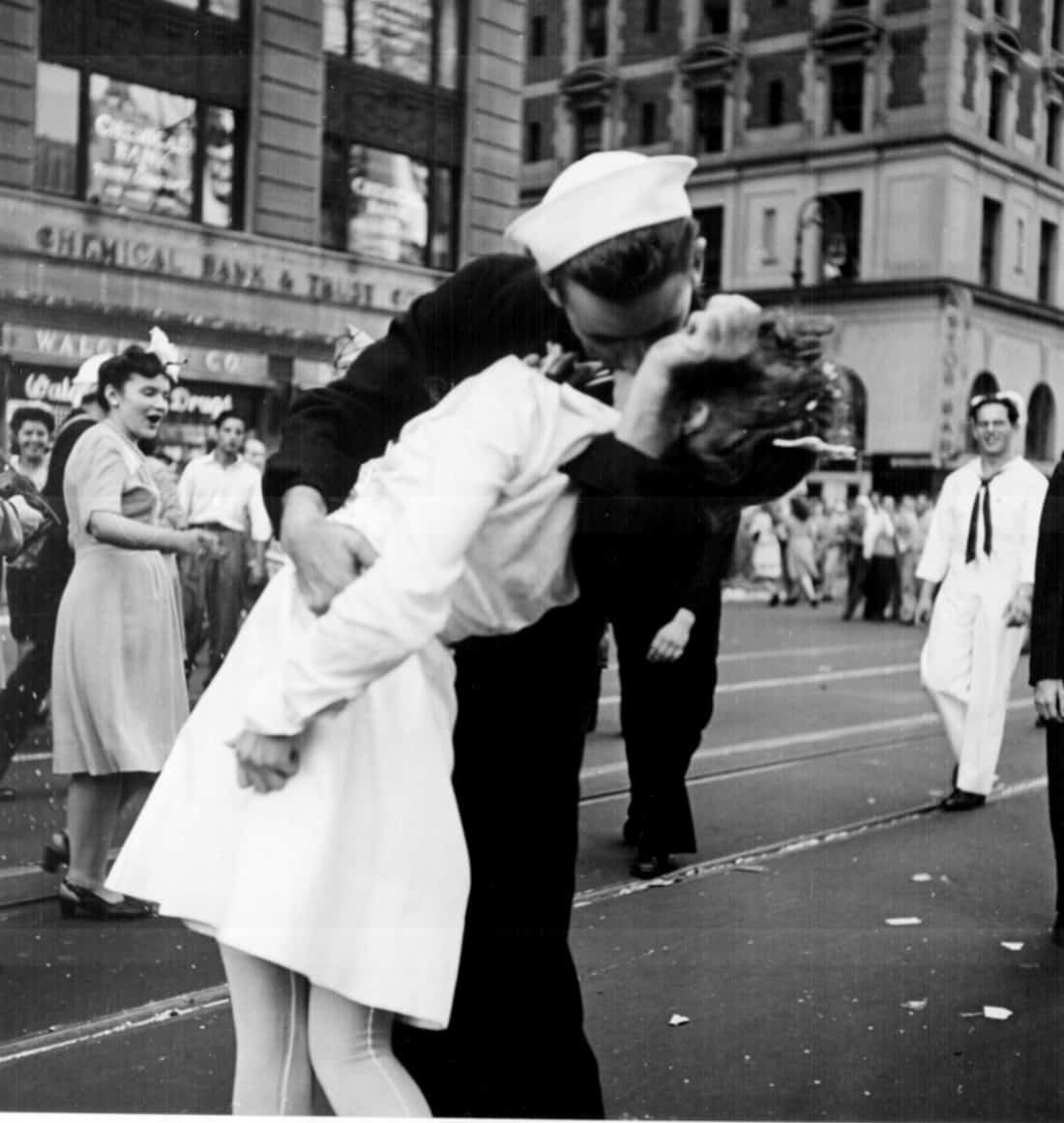The Best Guide To Framing Streets
The Best Guide To Framing Streets
Blog Article
All about Framing Streets
Table of ContentsThe smart Trick of Framing Streets That Nobody is DiscussingAn Unbiased View of Framing StreetsFraming Streets for DummiesFraming Streets Can Be Fun For AnyoneSome Known Factual Statements About Framing Streets The 8-Second Trick For Framing Streets
, usually with the aim of capturing images at a definitive or touching moment by cautious framing and timing. https://www.ted.com/profiles/45936507.
, that was inspired to carry out a comparable documents of New York City. As the city established, Atget aided to promote Parisian roads as a deserving subject for digital photography.

The smart Trick of Framing Streets That Nobody is Discussing
Martin is the very first recorded professional photographer to do so in London with a disguised cam. Mass-Observation was a social research organisation started in 1937 which intended to record everyday life in Britain and to tape the responses of the 'man-in-the-street' to King Edward VIII's abdication in 1936 to wed separation Wallis Simpson, and the succession of George VI. The principal Mass-Observationists were anthropologist Tom Harrisson in Bolton and poet Charles Madge in London, and their initial report was created as the book "May the Twelfth: Mass-Observation Day-Surveys 1937 by over 2 hundred onlookers" [] Window cleaner at Kottbusser Tor, Berlin, by Elsa Thiemann c. 1946 The post-war French Humanist School digital photographers found their subjects on the street or in the bistro. In between 1946 and 1957 Le Groupe des XV each year displayed job of this kind. Andre Kertesz. Circus, Budapest, 19 May 1920 Road photography created the major content of two exhibits at the Gallery of Modern Art (Mo, MA) in New York curated by Edward Steichen, Five French Professional Photographers: Brassai; Cartier-Bresson, Doisneau, Ronis, Izis imp source in 1951 to 1952, and Post-war European Digital Photography in 1953, which exported the principle of street photography internationally.

Our Framing Streets Diaries
, then a teacher of young youngsters, connected with Evans in 193839.'s 1958 publication,, was considerable; raw and often out of focus, Frank's images questioned mainstream photography of the time, "challenged all the official guidelines laid down by Henri Cartier-Bresson and Walker Evans" and "flew in the face of the wholesome pictorialism and sincere photojournalism of American publications like LIFE and Time".
Report this page